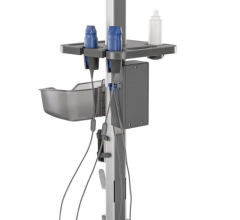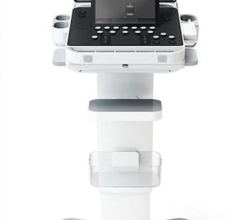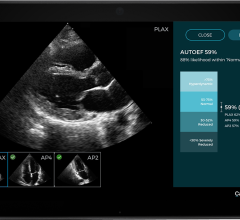
May 3, 2016 — Good news for clinicians and their patients: the evaluation of left ventricular (LV) diastolic function using echocardiography just got a bit simpler. New streamlined algorithms have been developed since an earlier joint publication by the American Society of Echocardiography (ASE) and the European Association of Cardiovascular Imaging (EACVI). As a result, the two organizations have jointly released a new document, "Recommendations for the Evaluation of Left Ventricular Diastolic Function by Echocardiography: An Update from the American Society of Echocardiography and the European Association of Cardiovascular Imaging," which appeared in the April issue of the Journal of the American Society of Echocardiography (JASE). This updated guideline bases its approach on fewer measurements than its predecessor, to facilitate patient diagnosis.
The writing group was chaired by Sherif F. Nagueh, M.D., FACC, FASE, FAHA, a professor of medicine at the Weill Cornell Medical College and director of the echocardiography laboratory at Methodist DeBakey Heart and Vascular Center. “Proper noninvasive assessment of LV diastolic function and accurate estimation of LV filling pressures play an important role in the diagnosis of patients with heart failure and preserved ejection fraction, as well as guide timely therapy to treat patients with shortness of breath due to increased left ventricular filling pressures,” Nagueh noted. “Our previous guideline document, while well-intentioned, included so many parameters that it was perceived as too complex. Our primary goal with this update was to simplify the approach and hopefully increase the usefulness of the guidelines in daily practice.”
To this end, the updated document incorporates a new algorithm based on only four variables to diagnose the presence or absence of diastolic dysfunction, and also offers a new algorithm to estimate LV filling pressures with fewer variables than the 2009 guidelines. The approach is similar for patients with both depressed and normal ejection fractions. The grading of diastolic dysfunction is linked to estimation of LV filling pressures, and a single algorithm is used for both.
In conjunction with the publication of the guideline document, Nagueh will conduct a live webinar, including a question and answer section, on May 3 at 5 p.m. EDT. The webinar will be available for free to all ASE members and open to all other clinicians for just $25(USD).
For more information: www.onlinejase.com


 March 24, 2025
March 24, 2025 








